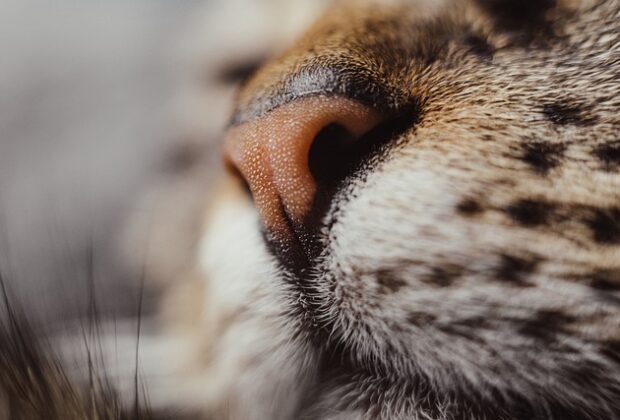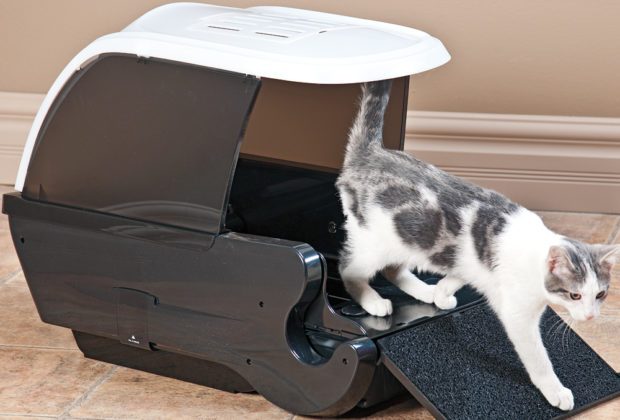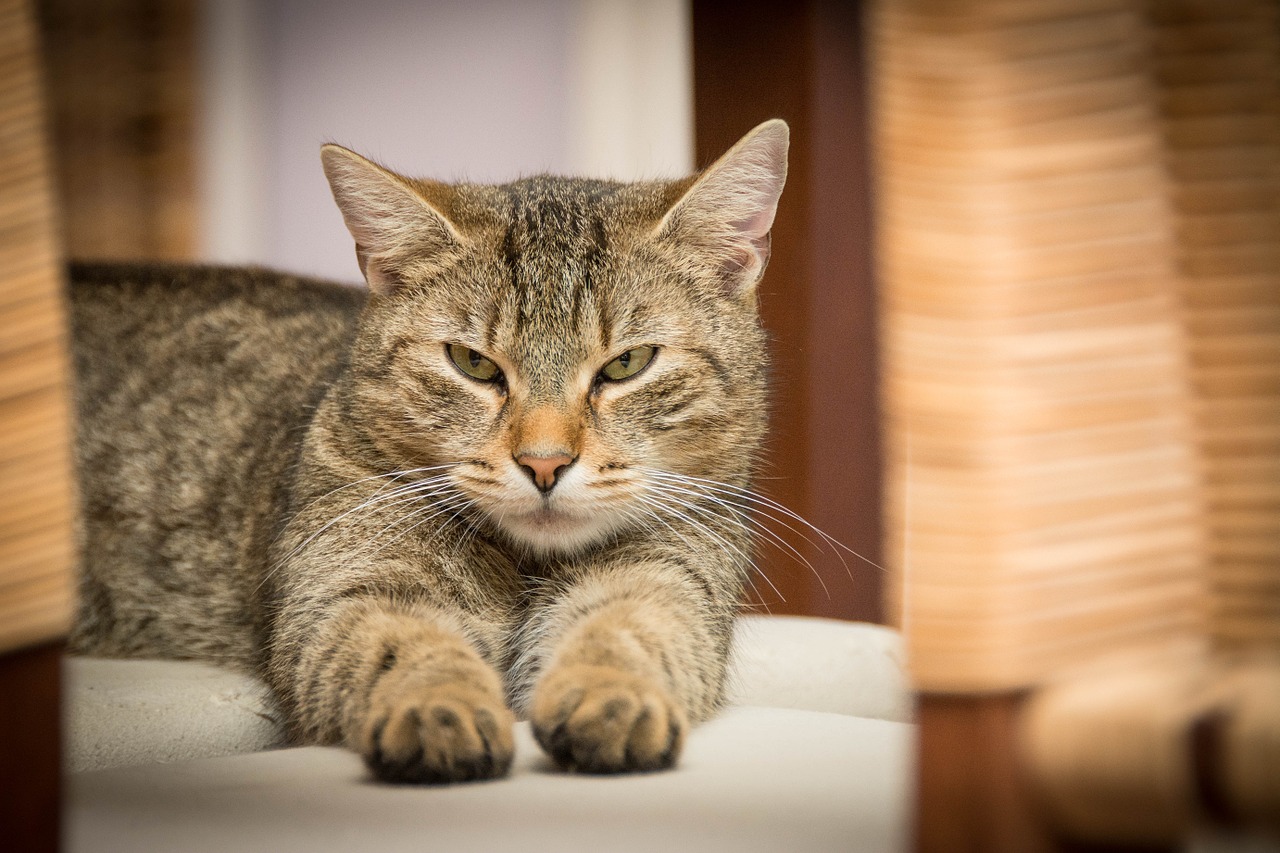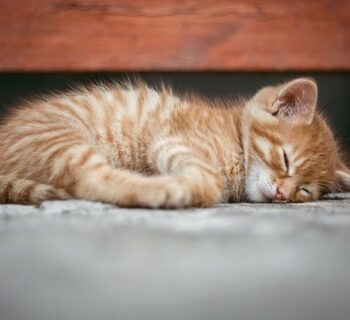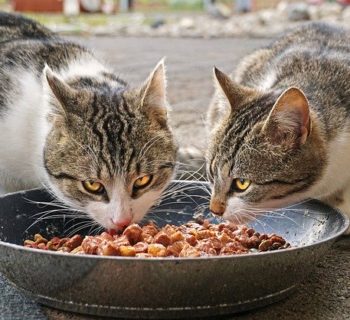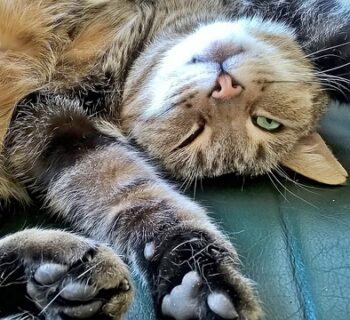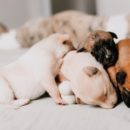Have you noticed that your cat's nose is always wet? When your cat snuggles next to you, you feel its moist nose against your face, and you may wonder if it is a problem that you need to worry about.
Firstly, let us answer the question before we explore the reasons for wet noses. It's simple, no, it's nothing to worry about. On the contrary, you should feel happy that you have a healthy cat. A cat with a dry nose though may be sick due to many reasons, as we will see in the sections below.
Table of Contents
How Does the Cat’s Nose Become Wet?
To know the answer to this question, we should understand just how a cat's body works. Though cats' noses can be wet while licking themselves while grooming, being out in the rain, drinking water and for other obvious reasons, the science behind the perennial moisture is different. You would have noticed a covering of skin (without any hair) around the nostrils of your cats. This skin is called rhinarium. Sweat glands produced in the rhinarium are the main reason for the moistness of the cats' noses. Sometimes, the dampness is also due to the drainage of the felines' tear glands.
Reasons Why a Cats Nose May Be Wet
A cat's nose is always wet due to two important reasons. They are:
Regulation of body temperature
What happens to the human body during summers? We sweat a lot, which keeps our body cool in the heat However, unlike us, cats don't sweat all over. They have fully developed sweat glands only in their paws. So, how do they regulate their body temperature during scorching summers? They use the sweat glands on the rhinarium for evaporation, thereby keeping themselves cool.
To improve their sense of smell
Humans have taste buds to identify different tastes and flavors of foods. However, cats have very few taste buds in their mouth. They identify their foods mainly on their ability to smell. The wetness around their noses helps them smell foods, and recognize them. A cat uses its wet nose to decide if it wants to eat a particular food or not, judging by the smell of it.
The scent particles of food and other things stick to the wetness of the cat's mouth quickly, thereby helping the animals. The part of the body that is right above the mouth of the cat is known as Jacobson's Organ. Cats have scent glands in this region, which helps them detect different scents distinctly.
Should a Cat’s Dry Nose Worry You?
Well, in simple terms, the answer to this question would be a "No." A cat's body temperature keeps fluctuating throughout the day. Hence, this affects its nose's moistness levels as well. During the morning, your cat could have a cool, wet nose. However, it could have a dry nose during the day because of extended exposure to sunlight. As long as your cat is eating food and drinking water properly, you don't have to worry at all.
If your cat's nose appears very dry or cracked, it could be suffering from dehydration issues. Watch out for these symptoms immediately. If it exhibits one or all of these symptoms, you must seek medical intervention immediately:
- Drooping eyes
- Extended sessions of lethargy
- Reduced or no appetite
- Dryness in the mouth
- Anxiety, stress, or depression
- Palpitations
- Heavy breathing
- Elasticity of skin
All of these signs indicate that your cat is sick and it has to be hydrated right away.
How Can You Differentiate Between a Wet Nose and a Runny Nose?
Many people believe that cats with wet noses are healthy, and those with dry noses are sick. If you have a cat at home, this piece of information is vital for you – the body temperature of a cat keeps changing multiple times in a single day. A dry nose doesn't always indicate sickness unless you spot the symptoms that we mentioned earlier. A cat's nose could be dry, but it could be perfectly healthy and active.
Similarly, if your cat's nose is wet, please don't assume that it is healthy. Many people don't know to differentiate if their cat has a wet nose condition or a runny nose ailment. Bacterial and viral infections can cause runny nose and upper respiratory tract infections in cats (similar to cold, flu, and cough in humans). How do you know if your cat has a wet nose or runny nose? A wet nose only refers to the moistness around the nose of the cat. However, a runny nose is usually accompanied by the following:
- Constant sessions of runny nose
- Frequent sneezing
- Increased sniffing action
- Reddish eyes
- Nasal discharge with some color
- Allergies of some kind
Please visit your veterinarian immediately if your cat appears to have any of the above. A drippy or runny nose can make your cats sick and lethargic if not treated immediately.
Bottom Line: The Reasons Cats Noses Are Wet
Next time when you see the moistness on your cat's nose, you should now have a much better understanding as to how it happens and what it means. Watch out for your cat's eating and drinking habits before checking if its nose is wet or dry. A cat's nose may become wet or dry based on its body temperature and humidity. All wet-nosed cats aren't that healthy, either! They could be diagnosed with viral or bacterial infections, thus causing your cats to become sick.
If you notice too much dryness in your cat's nose, watch out for symptoms related to dehydration. Cat dehydration can further lead to problems like kidney stones, urinary tract infections, and more. So, watch out for the general climatic conditions to see how cats use their moistness to regulate their body temperature. Ensure that you give your cats a decent quantity of water after every meal to help them avoid dehydration issues. If the cat's diet and exercise schedules are on track, you don't have to worry about its nose's moistness or lack thereof.
About the Author
Kirsten Heggarty
Kirsten created The Pet Handbook with the aim of sharing her knowledge about pets, pet food, healthy habits, and more. All of her advice is based on years of her own experience with her pets, and feedback that she has received from grateful readers about her tips. If you want to know more please read the About Me page.

